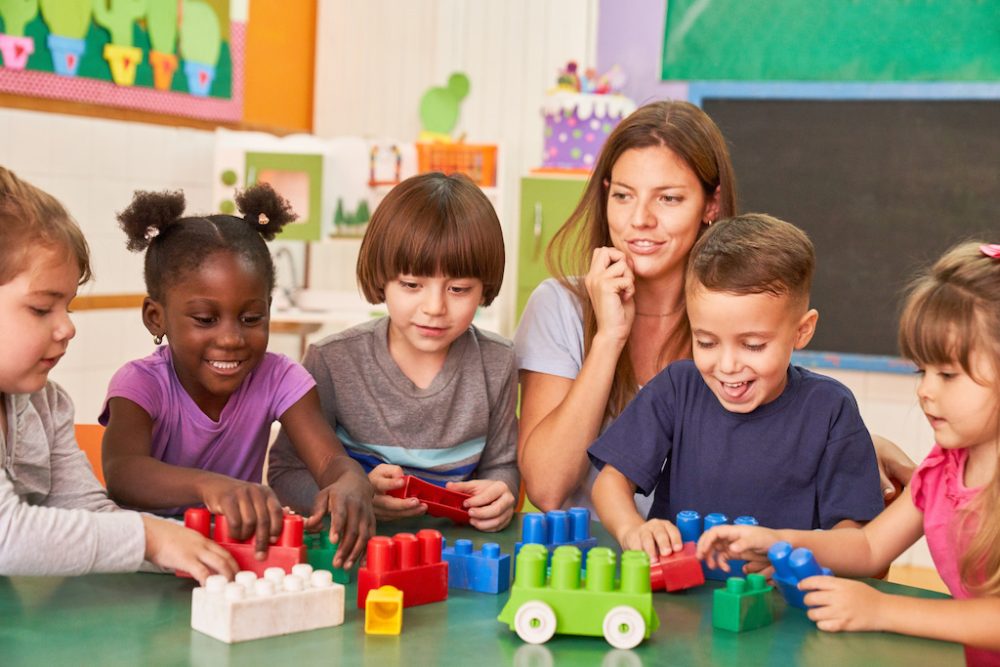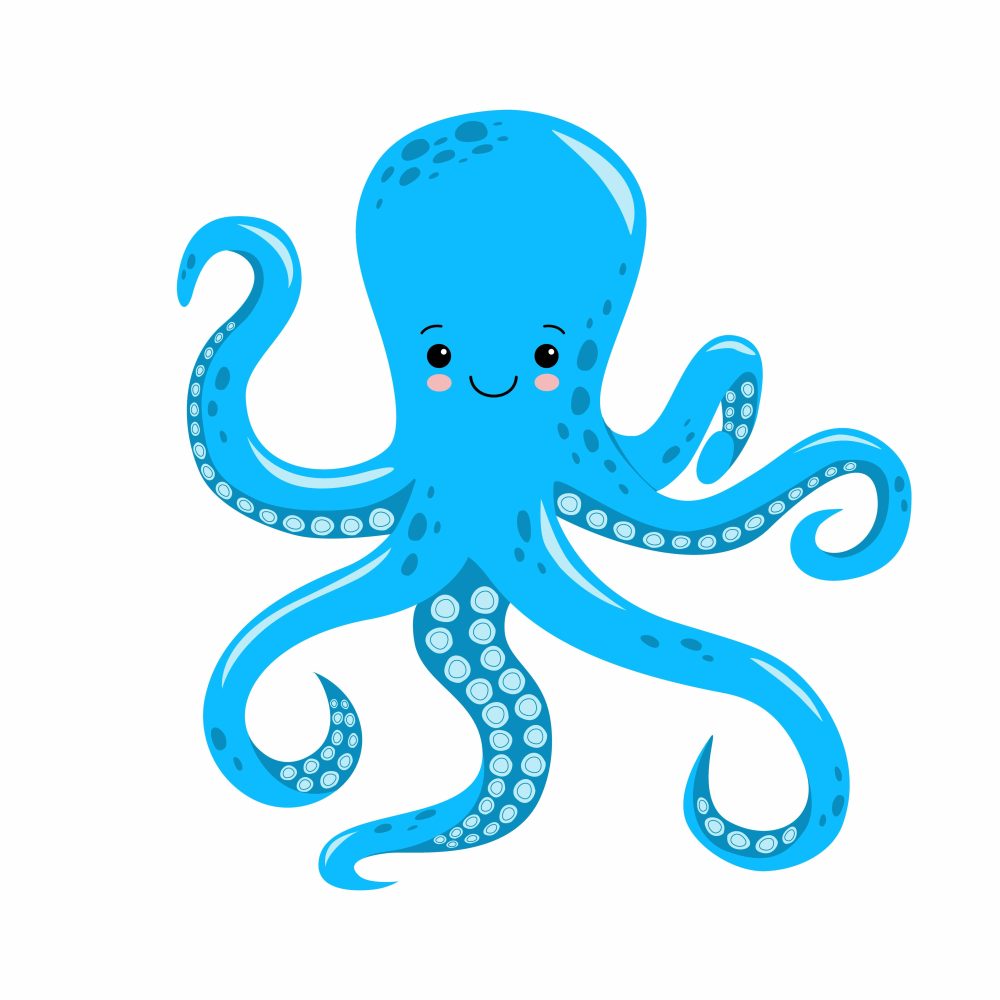4 Year Olds and 5 Year Olds
Welcome to our Pre-K 2 Classroom!

About the Class and Classroom
The curriculum we use at The Octopus Garden emphasizes learning through play. Our room is set up with well-defined play centers, which promotes child-directed activities, independence and fosters decision making.
The foundation for educating children in Pre-K 2 is based upon imitation and example. As teachers, we know that what we do and how we do it works decisively with the children, so we are careful to model the right action and behavior.
During this stage of 4 years to young 5 year olds, along with the development of creative play comes the “conquering of language.” It is important to keep in mind that children are disturbed or offended if we meet them at a level far below our own, so we try to speak to them in conversation in a manner that they understand without “babyfying” our speech. We engage in storytelling and playacting activities daily to further the development of language skills. We encourage them to voice their feelings or opinions by “using their words.” Children in conflict will usually tell the teacher what happened to them. The teacher will comfort them and direct the child to “use their words” and offer appropriate words and actions. Giving the hurt child these words empowers them and helps build their confidence for the future. In addition, each morning the children come together as a group for a time of singing, poetry and circle time. We have a daily routine of reviewing the months, days of the week, the date, weather, counting, and attendance, as well as weekly letters, (daily in the summer) numbers, colors, books, and writing. By maintaining consistency and a regular schedule, students are being prepared for Pre-K 3.
Skills We Work On
The skills that we teach in our Pre-K 2 class are based on our curriculum.
Communication
Listening (receptive language)
Speaking (expressive language)
Cognition
Identifying
Comparing and Contrasting
Classifying
Sequencing and Ordering
Predicting cause/effect relationships
Fundamental Academics & phonetic awareness
Motor
Gross motor (large muscles)
Fine motor (small muscles)
Perceptual awareness
Rhythmic Activities
Dance, yoga, boredom busters
Fine Arts
Art
Music
Theatre
Social/Emotional
Self-help
Self-concept
Self-control
Problem-solving and coping skills
Room Set Up
Along with having a variety of enriching activities and thought provoking daily circle times, you’ll also notice the children are given shelves full of developmentally appropriate toys categorized into centers. The centers include blocks, dramatic play, music, art, library, writing and manipulatives. We also include science and discoveries in our daily activities. These eight centers all come together to strengthen and enhance development in a well rounded way. What do they teach the children?
Lunch and Snacks
Lunch is served Family-style and proper table manners are encouraged. As teachers, we role model what is appropriate at the table by sitting with them to eat. They will learn to ask friends to please pass food and ask if they may have more. We also encourage the children to try all foods (one big boy/girl bite). If your child has food allergies, feel free to bring a healthy alternative. Just like at home, sitting together for meals is a great way to bond and socialize with each other. The children then may ask to be excused from the table. After lunch children have the opportunity to go to the bathroom, wash their hands and get ready for naptime. Snacks and lunch are included in your tuition.
About NapTime
Naptime is from 1:20-3:30. Please send a fitted crib sheet, a blanket and/or a pillow that will fit nicely into their cubbies. Lovies (naptime friends) are okay to bring from home as long as they are stuffed animals or baby dolls that don’t talk or make noise. Toys from home are not allowed into our room, and we are not responsible for lost/broken toys from home. We turn on relaxing music to help the children rest – whatever helps them feel comfortable. Those children who wake up early or do not tend to sleep during naptime will be allowed to look at books or do a quiet activity on their rest mat.
Outdoor Play (Recess)
Recess is scheduled twice a day, weather permitting. Because we are very active, we would like the children to dress comfortably. Please understand that your child might get dirty from time to time. Washing hands and faces is always stressed, but send your child in clothes you are not concerned about getting soiled. Please have your child wear closed-toe shoes to protect their sensitive feet and to allow better movement on the playgrounds. Also, be sure to send your child to school dressed appropriately for the weather, i.e. short sleeves on hot days and a coat, hat and gloves on cold days. On red ozone alert days or extremely high or low temperatures, recess will be canceled and replaced with a gross motor activity indoors.

Guidance Used in the Class
Our goal in guidance is to teach the children self-management and impulse control. When an inappropriate behavior occurs, we first talk with the student and have them explain what the appropriate behavior is. We then model the correct actions with the child. If the child is still acting inappropriately, then we will redirect the child to another area.
One of the biggest strategies we use is offering choices, which shows the children we respect their ability to think for themselves. Time-out is used as a last resort, and we individualize guidance strategies for each child and what works best in various situations.
Classroom Visits
Communication between families and teachers is extremely important in maintaining consistency and remaining a “team” for our students. If you would like to visit, please try to give notice to your child’s teacher to help ensure a positive visit and minimal interruption to our daily class routine. Please email or call if you have any question s or concerns.
We hope to see you soon in our Pre-K 2 classroom!
